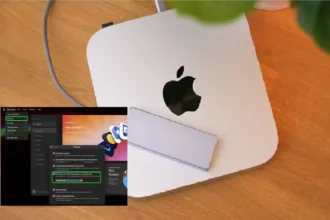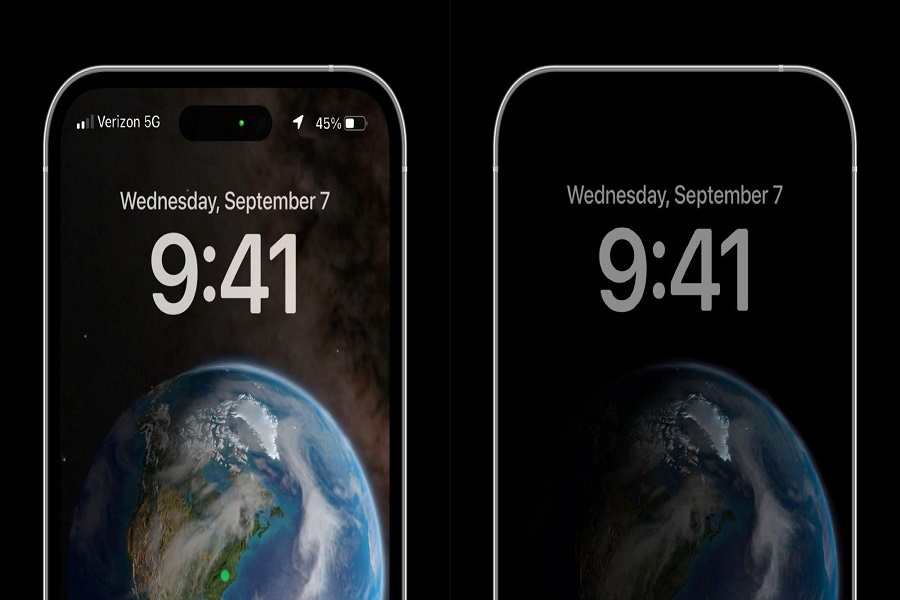The launch of the new iPhone 14 brought along a lot of amazing improvements. But, what left the audience speechless is the kind of monumental upgrades that the iPhone 14 Pro and 14 Pro Max got with the new launch.
The Always On display, which is a staple Android feature was introduced in the Pro versions. So, if you are wondering whether or not the iPhone 14 comes with the Always On display feature, it is currently only available in the Pro version.
It’s not just this particular feature but both the iPhone 14 Pro and 14 Pro Max launched with some amazing upgrades to their spec list, including the availability of a 48MP wide camera sensor and Dynamic Island.
The integration of the Always On feature in the iPhone 14 Pro versions gives the devices a premium and colorful look. Instead of going all-black, the display dims to a faded appearance of what the wallpaper is. The reception to this particular feature has been a little off the hook. While some users have reported liking the feature, some didn’t.
How to Set up the Always On display feature?
As we said, the Always On display upgrade is currently available in the iPhone 14 Pro and 14 Pro Max. The regular iPhone 14 and 14 Plus don’t support this feature yet.
So, if you have a compatible device, setting up this feature is pretty simple. All you have to do is follow the steps mentioned:
- Open the Settings app on your iPhone.
- Go to the Display and Brightness option.
- Navigate down to the “Always On” feature.
- Enable the toggle of that option.
Once done, you can close the Settings and check for yourself whether or not the feature works as intended.
Although the Always On feature indeed adds a very premium look to the iPhone 14 Pro and Pro Max, you can’t deny the fact that it does drain a lot of battery. So, if you are someone who is always on the go and doesn’t want your iPhone’s battery to drain quickly, this isn’t a feature you will benefit much from.
Conclusion
The iPhone 14 and 14 Plus are currently incompatible with this feature. Whether or not Apple provides a later update to change that is something we’d have to wait and see. Ideally, we’d hope that the feature will be later available in most of the compatible devices that run on iOS 16 and above.






